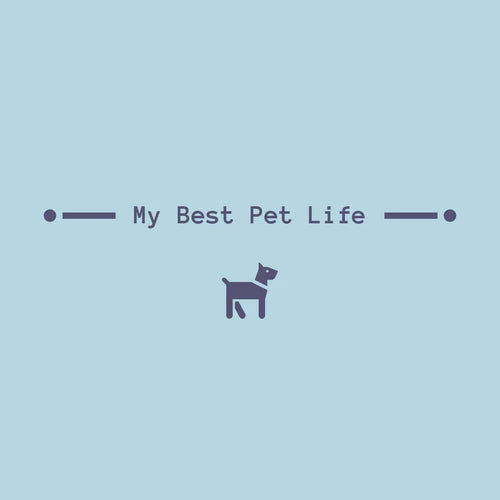Invisible fences, also known as underground or electric fences, can be a useful tool for some dog owners, but they also have their advantages and disadvantages. Whether an invisible fence is good for your dogs depends on several factors, including your dog's temperament, training, and the specific circumstances of your property. Here are some considerations:
Advantages:
- Boundary Enforcement: Invisible fences can help keep your dog within a defined area without the need for physical barriers like traditional fences, which can obstruct views or aesthetics.
- Cost-Effective: They are often less expensive to install than traditional fences.
- Aesthetics: Invisible fences don't alter the appearance of your property, making them a good choice for homeowners with strict property regulations or aesthetic preferences.
- No Digging: You won't need to dig or install physical barriers, making installation easier.
- Safety: Invisible fences can prevent dogs from wandering into unsafe areas like roads or neighboring properties.
Disadvantages:
- Limited Training Required: Effective use of an invisible fence requires proper training for your dog, which can be time-consuming and may not work for all dogs, especially those that are very stubborn or easily distracted.
- Potential for Fear or Anxiety: Some dogs may become anxious or fearful due to the static correction they receive when approaching the boundary.
- Doesn't Keep Other Animals Out: Invisible fences only keep your dog in; they don't keep other animals or people from entering your property.
- Reliability: The effectiveness of invisible fences can be affected by factors like signal interference, dead batteries, or a malfunctioning collar.
- No Physical Barrier: Invisible fences do not provide physical protection against wildlife, aggressive animals, or theft.
Before deciding if an invisible fence is suitable for your dogs, consider the following:
-
Dog Temperament: Some dogs respond well to invisible fences and quickly learn their boundaries, while others may not be deterred by the static correction and will continue to cross the boundary.
-
Training: Proper training is essential for the success of an invisible fence. If you're not willing to invest time and effort in training, it may not be a good choice.
-
Property Size and Layout: The size and layout of your property can affect the practicality of an invisible fence. They are typically more suitable for smaller, flat yards.
-
Local Regulations: Check local regulations and homeowners' association rules to ensure invisible fences are allowed in your area.
Ultimately, the decision to use an invisible fence should be made with careful consideration of your dog's needs, your property, and your willingness to invest in training and maintenance. If you're uncertain, consult with a professional dog trainer or behaviorist for guidance on the best solution for your specific situation.

